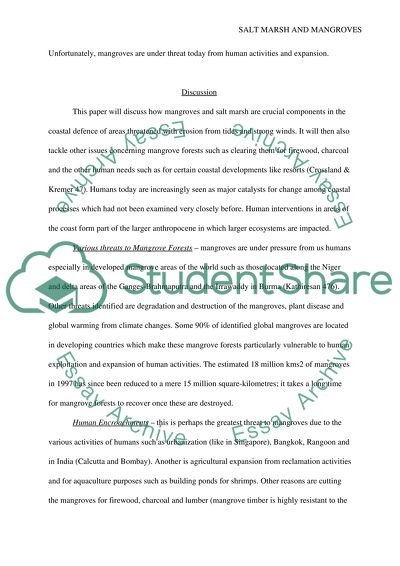Cite this document
(“Salt Marsh and Mangroves (for Coastal Defence) Essay”, n.d.)
Retrieved from https://studentshare.org/engineering-and-construction/1421919-salt-marsh-and-mangroves-for-coastal-defence
Retrieved from https://studentshare.org/engineering-and-construction/1421919-salt-marsh-and-mangroves-for-coastal-defence
(Salt Marsh and Mangroves (for Coastal Defence) Essay)
https://studentshare.org/engineering-and-construction/1421919-salt-marsh-and-mangroves-for-coastal-defence.
https://studentshare.org/engineering-and-construction/1421919-salt-marsh-and-mangroves-for-coastal-defence.
“Salt Marsh and Mangroves (for Coastal Defence) Essay”, n.d. https://studentshare.org/engineering-and-construction/1421919-salt-marsh-and-mangroves-for-coastal-defence.


